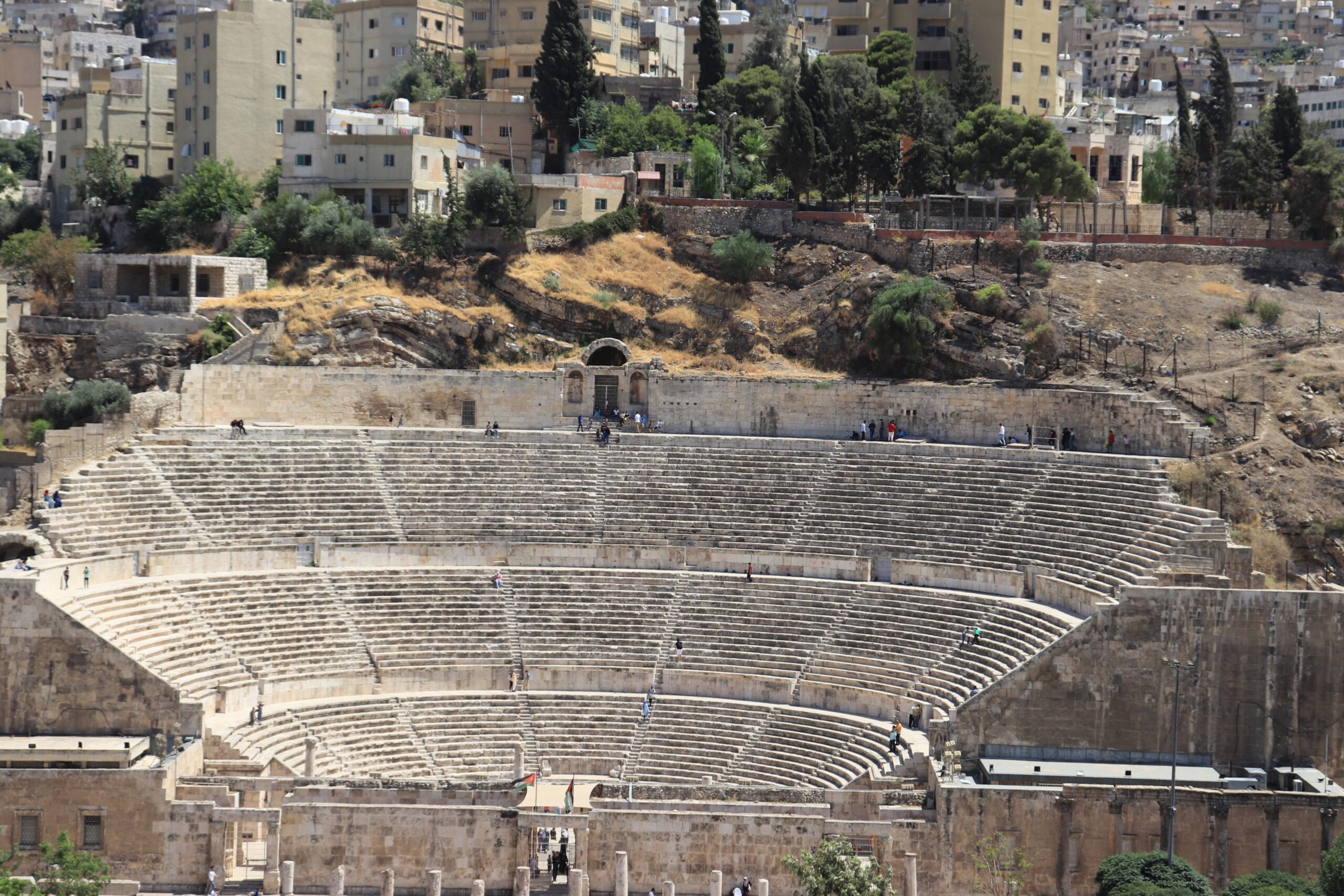
Amman, the capital of Jordan, is a modern city with numerous ancient ruins. The city has two distinct parts. The urbane Western Amman, with leafy residential districts, cafes, bars, modern malls and art galleries. And then you have the earthy Eastern Amman, where it’s easier to sense the more traditional and conservative pulse of the capital. At the heart of the city is the famous labyrinth, ‘downtown Amman’. At the bottom of the city’s many hills, and overlooked by the Citadel, you will find spectacular Roman ruins. This magnificently restored theater is the most obvious and impressive remnant of Roman Philadelphia. It is the highlight of Amman for most foreign visitors. The theater itself is cut into the northern side of a hill, and has a seating capacity of 6000. Finally, don’t forget the Rainbow Street. Which offers great shopping opportunities for those looking to score local and handmade goods.
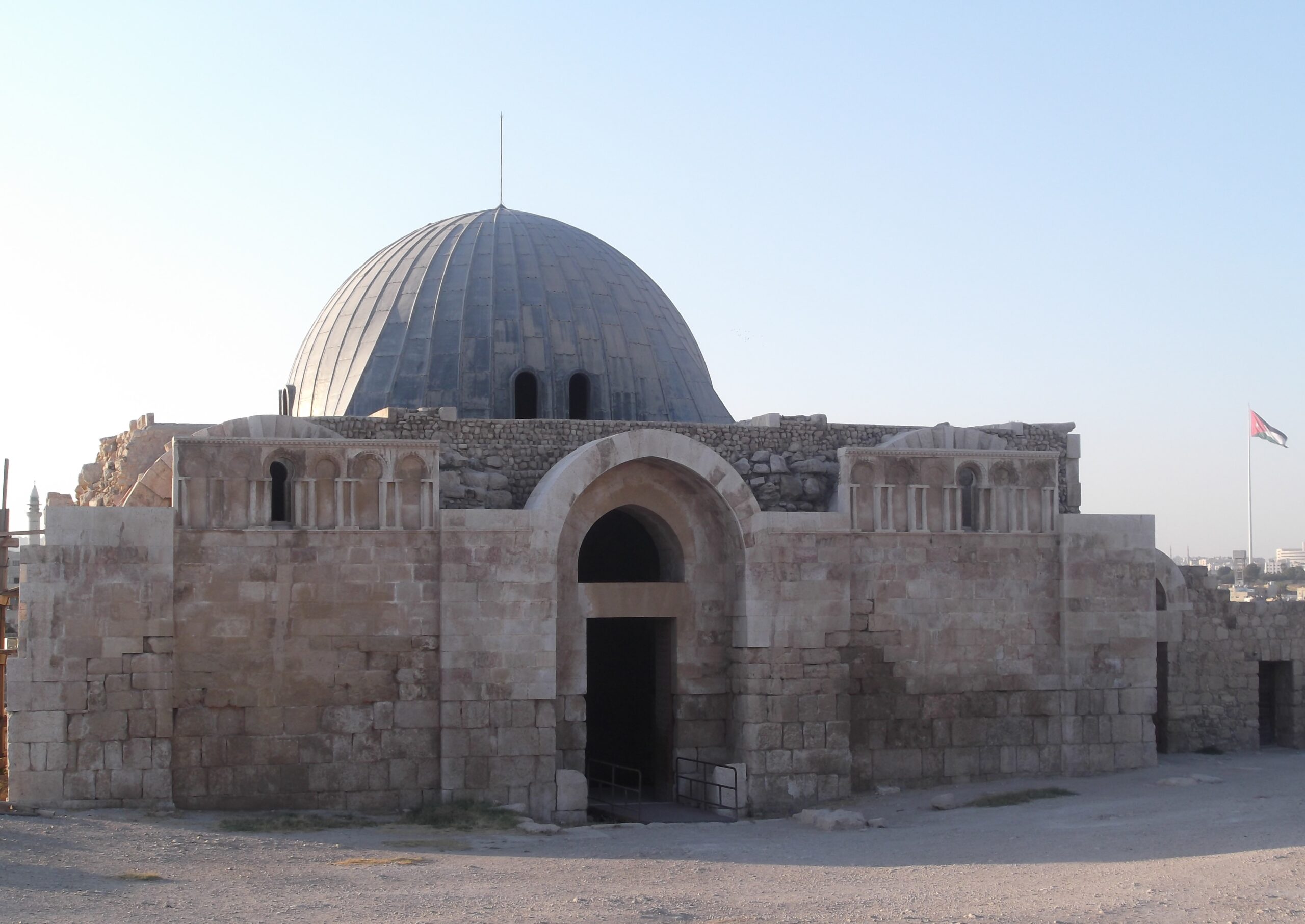
Amman boasts a rich history, and there are indeed some Roman ruins and archaeological sites in and around the city. The most notable Roman ruins in Amman include:
- Amman Citadel (Jabal al-Qal’a): The Amman Citadel is one of the most iconic historical sites in Amman. It is located on a hill in the center of the city and has a history dating back to Roman times. Within the Citadel, you can find the remains of the Roman Temple of Hercules, which dates back to the 2nd century AD. The temple is notable for its massive columns and the ruins of a large statue of Hercules.
- Roman Theater: The Roman Theater in Amman is another significant Roman-era archaeological site. It is located in the heart of downtown Amman and is one of the most well-preserved Roman theaters in the region. This theater could accommodate around 6,000 spectators and was built during the 2nd century AD.
- Nymphaeum: The Nymphaeum in Amman is a Roman-era fountain complex. It consists of a series of connected pools and fountains and was dedicated to the water nymphs. The Nymphaeum is located near the Roman Theater and provides insight into the Roman water supply and engineering systems.
- Hercules Temple Complex: Apart from the temple ruins within the Amman Citadel, there is another temple dedicated to Hercules in Amman, known as the Hercules Temple Complex. This complex includes the remains of a temple, a colonnaded street, and a large staircase.
These Roman ruins offer a glimpse into the city’s ancient history and are popular attractions for tourists and history enthusiasts visiting Amman. The city’s strategic location made it an important Roman regional center, and these archaeological sites are a testament to that period in its history.
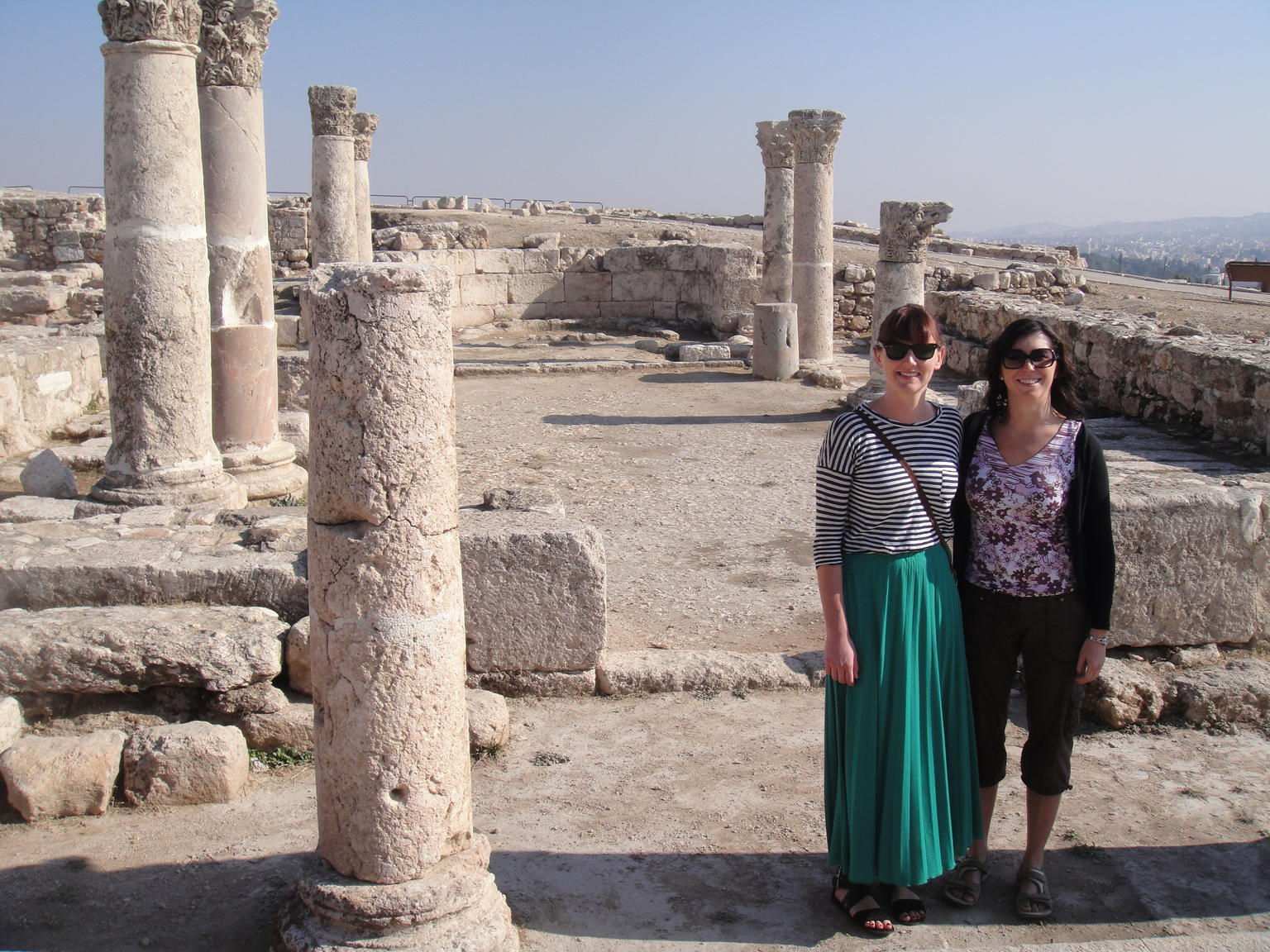
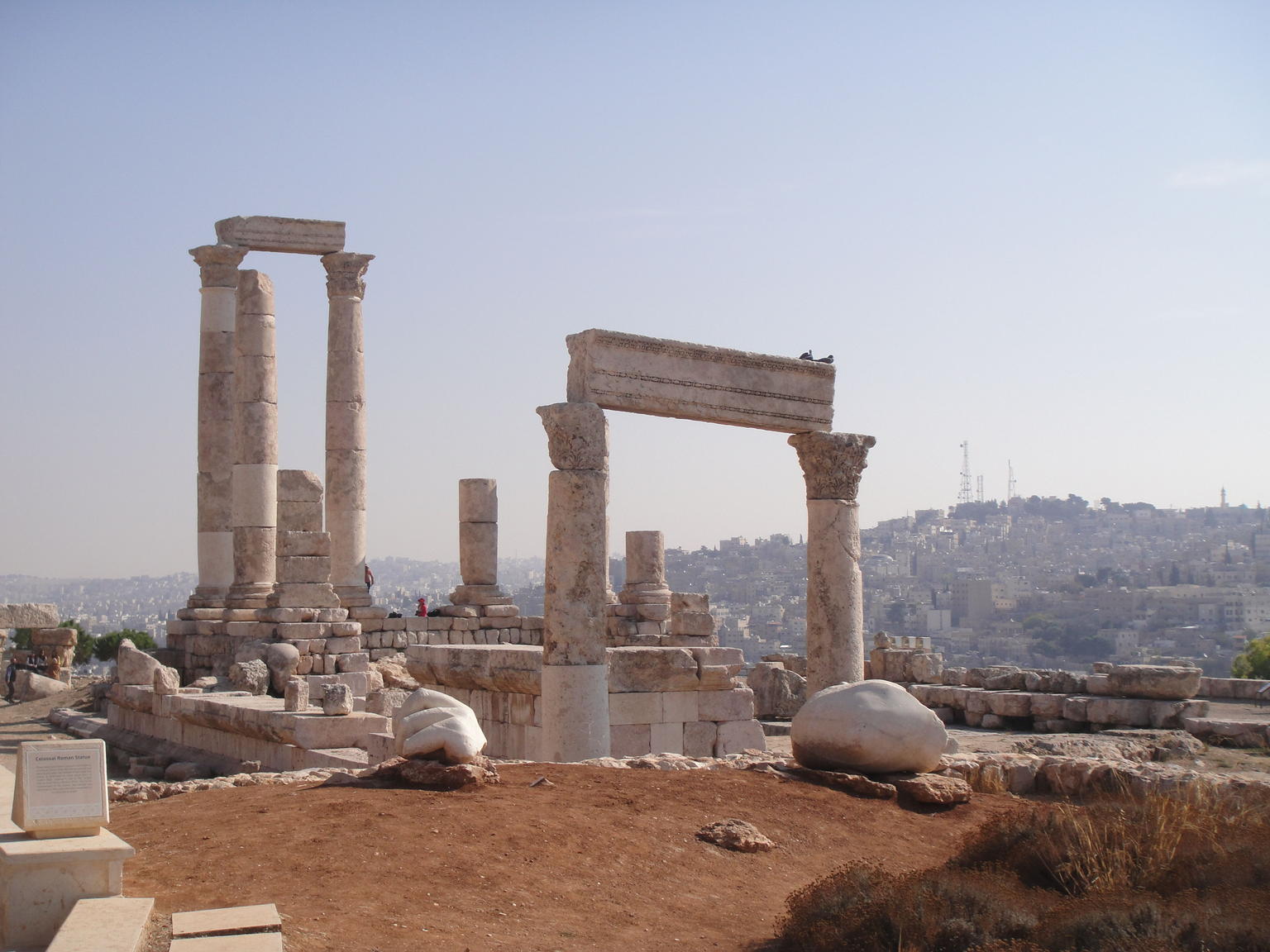
The Citadel has a long history of occupation by many great civilizations. Evidence of inhabitance since the Neolithic period has been found and the hill was fortified during the Bronze Age (1800 BCE). The hill became the capital of the Kingdom of Ammon sometime after 1200 BCE. It later came under the sway of empires such as the Neo-Assyrian Empire (8th century BCE), Neo-Babylonian Empire (6th century BC), the Ptolemies, the Seleucids (3rd century BCE), Romans (1st century BCE), Byzantines (3rd century CE) and the Umayyads (7th century CE). After the Umayyads, came a period of decline and for much of the time until 1878 as the former city became an abandoned pile of ruins only sporadically used by Bedouins and seasonal farmers. Despite this gap, the Citadel of Amman is considered to be among the world’s oldest continuously inhabited places.
Most of the structures still visible at the site are from the Roman, Byzantine, and Umayyad periods. The major remains at the site are the Temple of Hercules, a Byzantine church, and the Umayyad Palace. The Jordan Archaeological Museum was built on the hill in 1951. Though the fortification walls enclose the heart of the site, the ancient periods of occupation covered large areas. Historic structures, tombs, arches, walls and stairs have no modern borders, and therefore there is considerable archaeological potential at this site, as well as in surrounding lands, and throughout Amman. Archaeologists have been working at the site since the 1920s, including Italian, British, French, Spanish, and Jordanian projects, but a great part of the Citadel remains unexcavated.
Downtown Amman, often referred to as “Al-Balad” in Arabic, is the historic heart of the city and a bustling urban center. It’s a vibrant and lively area with a mix of modern and traditional elements. Here are some key features and attractions of downtown Amman:
- Roman Theater: As mentioned earlier, the Roman Theater is a major landmark in downtown Amman. This well-preserved amphitheater, dating back to the Roman period, is still used for cultural events and performances today.
- Hussein Mosque: Located near the Roman Theater, the Hussein Mosque is one of the most important religious sites in Jordan. It is named after King Hussein bin Talal and is a significant place of worship for Muslims in Amman.
- Souk Jara: This seasonal market is a must-visit if you’re in Amman during the summer months. It features local artisans and vendors selling a wide range of handmade crafts, clothing, jewelry, and street food.
- Gold Souk: Downtown Amman is known for its bustling gold market, where you can find a wide variety of jewelry shops selling gold and precious stones. It’s a great place to explore even if you’re not planning to make a purchase.
- King Faisal Street: This bustling street is lined with shops, cafes, and restaurants. It’s a popular spot for both locals and tourists to shop for souvenirs, enjoy a meal, or simply take in the lively atmosphere.
- Rainbow Street: While not exactly in downtown but nearby, Rainbow Street is a trendy and popular area known for its cafes, restaurants, art galleries, and boutique shops. It’s a great place to explore the contemporary side of Amman.
- Citadel Viewpoint: While not strictly in downtown but easily accessible from there, the Amman Citadel offers a stunning panoramic view of the city. It’s worth the short hike up the hill to enjoy the view and explore the archaeological sites within the Citadel.
- Local Cuisine: Downtown Amman is a great place to sample traditional Jordanian cuisine. You’ll find plenty of street vendors and small restaurants serving falafel, shawarma, kebabs, and other Middle Eastern delights.
Downtown Amman is a dynamic and lively part of the city that beautifully blends history, culture, and modernity. It’s a great place to immerse yourself in the local atmosphere, try authentic Jordanian food, and explore the city’s rich heritage.
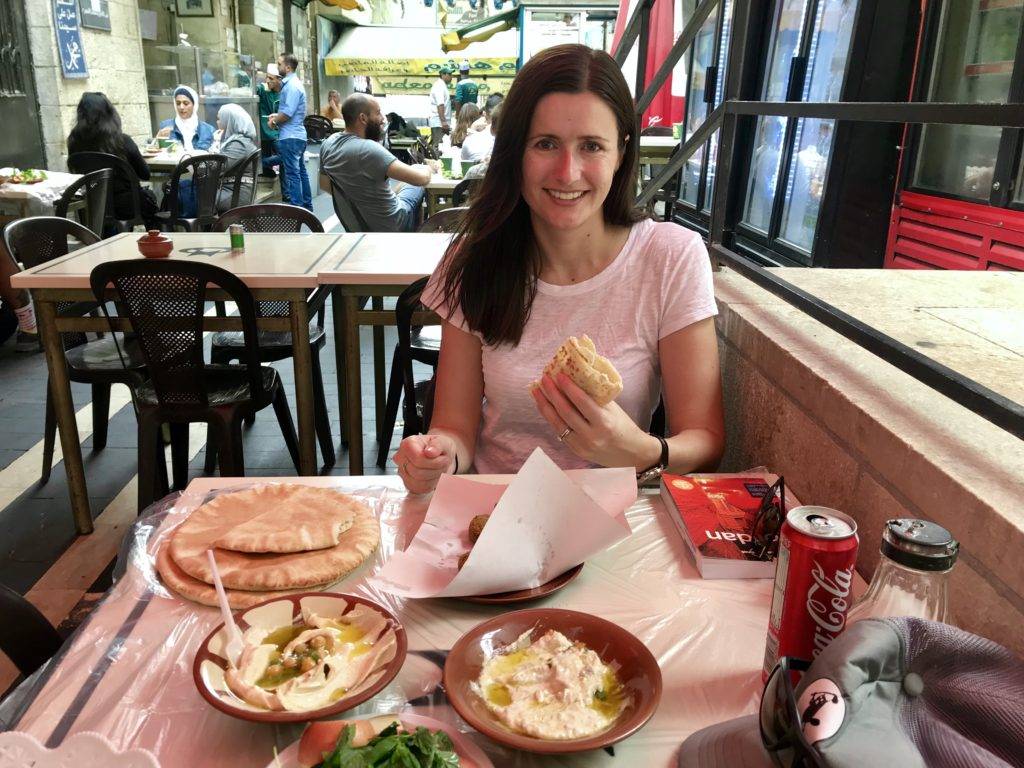
Rainbow Street is a popular and vibrant street located in Amman, Jordan. It is known for its lively atmosphere, historical charm, and a variety of shops, cafes, restaurants, and cultural attractions. Here are some key features and highlights of Rainbow Street:
- Historical Significance: Rainbow Street is situated in the historic district of Jabal Amman, which is known for its preserved traditional architecture and historic buildings. The street itself is lined with old stone houses, giving it a unique and picturesque ambiance.
- Shops and Boutiques: Rainbow Street is home to a diverse range of boutiques and shops selling everything from clothing and jewelry to antiques and handmade crafts. It’s a great place to shop for unique souvenirs and gifts.
- Dining and Cafes: The street is famous for its numerous cafes and restaurants offering a wide range of cuisines, from traditional Jordanian dishes to international fare. It’s a popular spot for both locals and tourists to enjoy a meal or a cup of coffee.
- Art Galleries: Rainbow Street is also known for its art galleries and cultural centers, where you can explore contemporary Jordanian art and culture. These venues often host exhibitions, workshops, and cultural events.
- Nightlife: In the evenings, Rainbow Street comes to life with a vibrant nightlife scene. Many bars and lounges offer live music, making it a popular destination for those looking to enjoy the evening.
- Amman Citadel: While not directly on Rainbow Street, the Amman Citadel is a short walk away. This historical site features ancient ruins, including the Temple of Hercules and the Umayyad Palace, and provides panoramic views of Amman.
- Souvenir Shopping: You’ll find a variety of souvenir shops on Rainbow Street where you can purchase items like traditional Jordanian handicrafts, pottery, jewelry, and more.
- Street Performers: Rainbow Street often features street performers, musicians, and artists who add to the lively and entertaining atmosphere.
Overall, Rainbow Street is a must-visit destination in Amman for its blend of history, culture, shopping, dining, and entertainment. It offers a unique and enjoyable experience for visitors exploring the city.

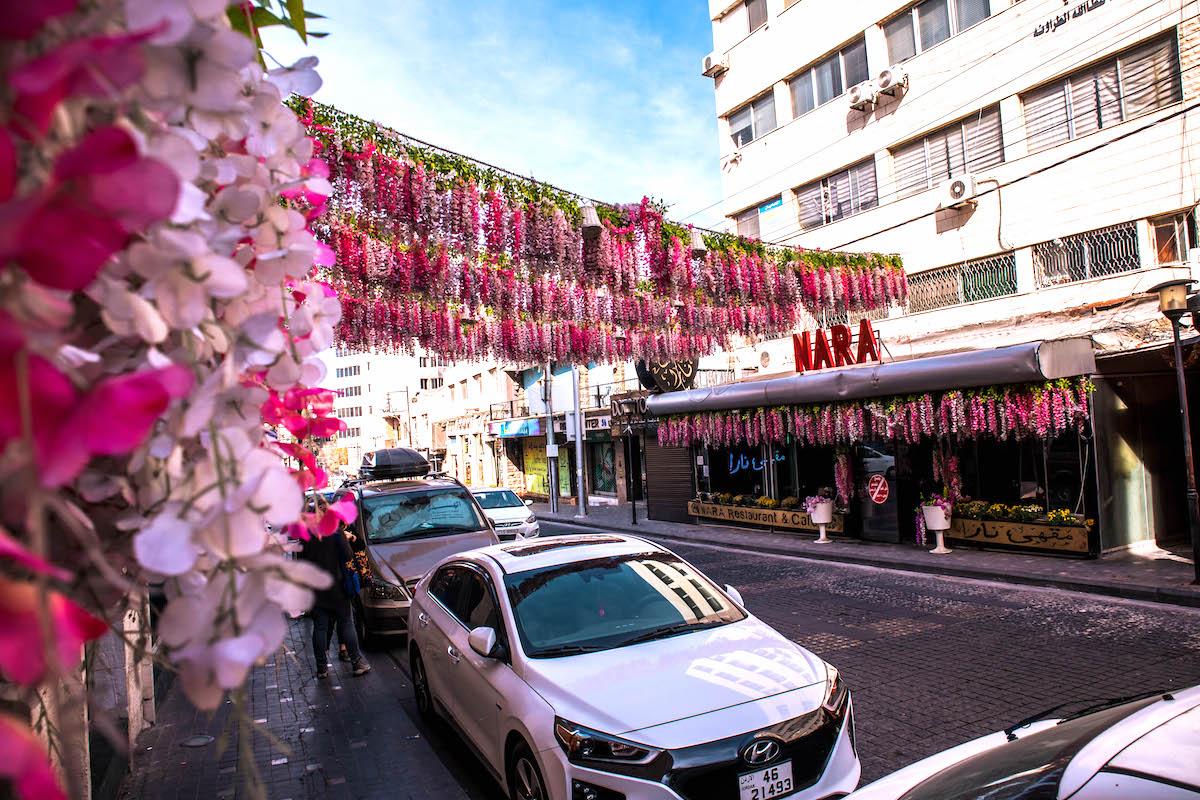
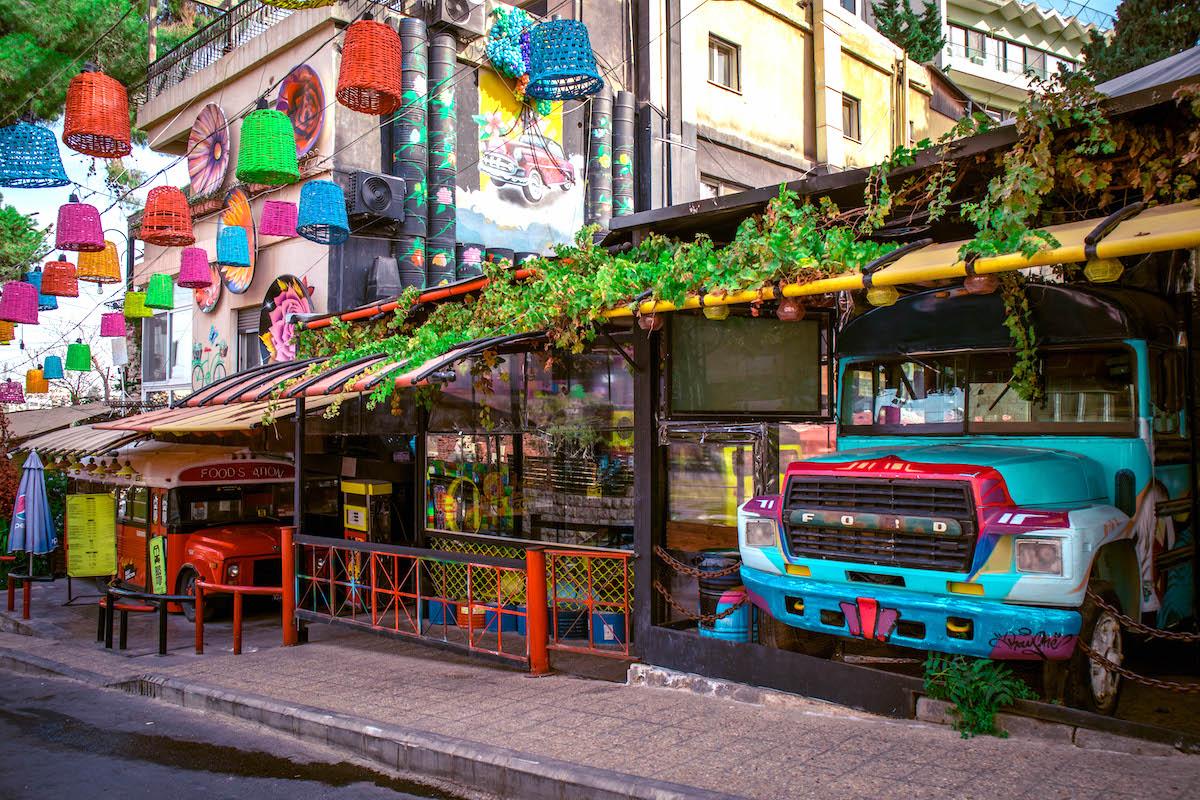



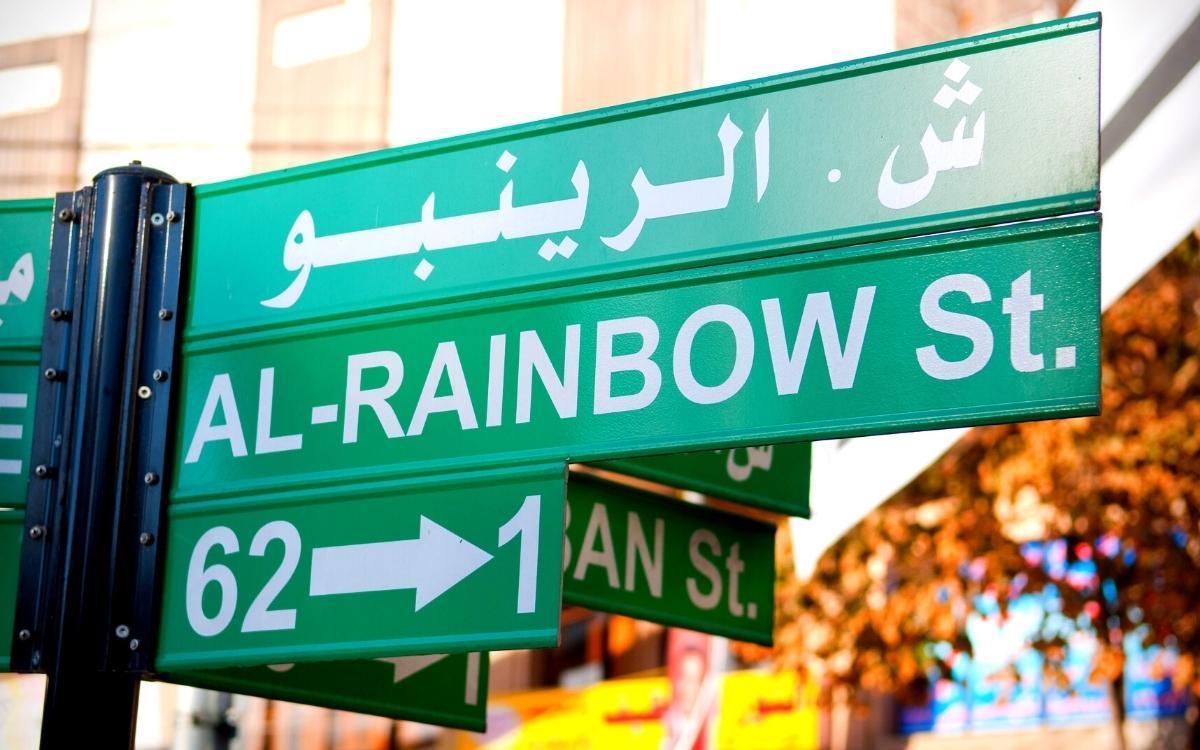
Delicious Cuisine: Jordanian cuisine is a delightful blend of flavors, featuring dishes like falafel, shawarma, and Mansaf (a traditional Jordanian dish with lamb and rice). Exploring the local food scene is a treat for food enthusiasts.
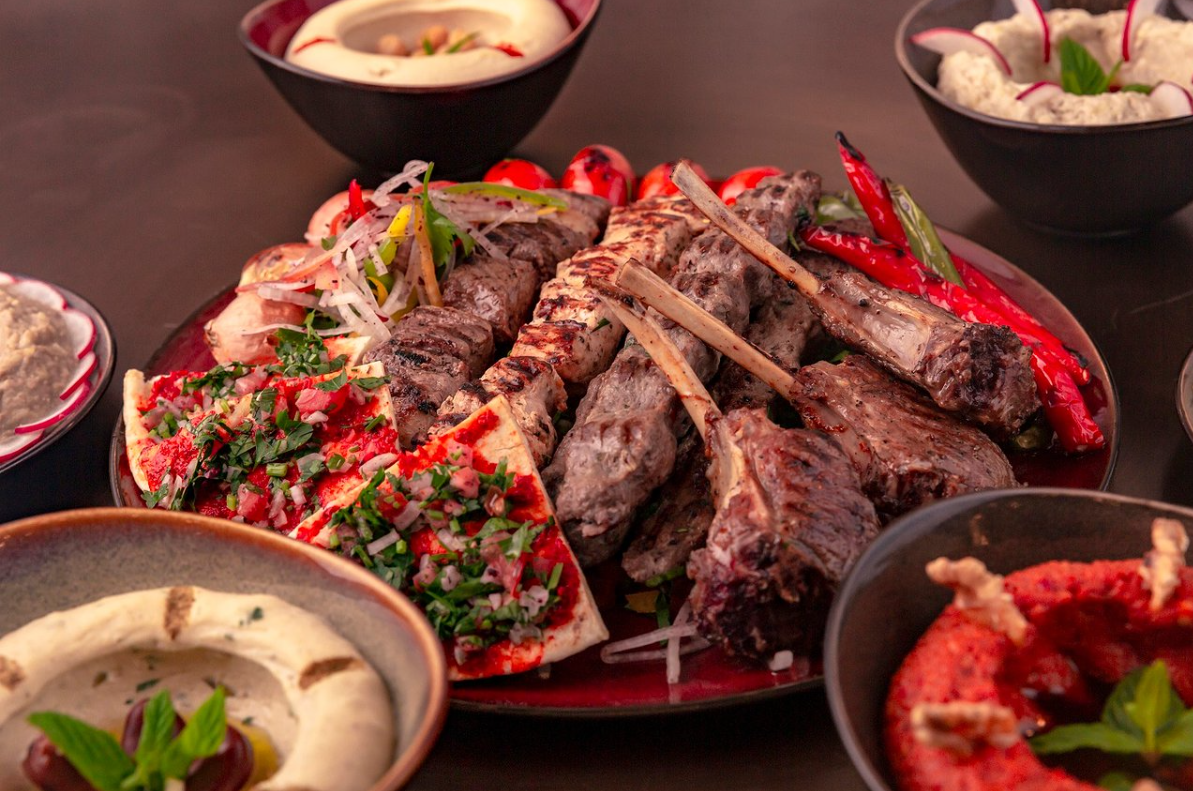
Whether you’re interested in history, nature, adventure, or cultural experiences, Jordan offers a unique blend of attractions that make it a compelling destination for travelers of all interests. Its rich heritage, stunning landscapes, and warm hospitality make it a memorable place to explore.
info@jordanmw.com
info@trip500.com
T: +962792154888 F: +962 6 4611129 Mob: +962795841113
P.O. Box 8018, Amman 11121, Jordan. Trip500.com





